10 Reasons Mars Might Be Our New Home
Time will tell whether humans will ever colonize Mars or not. But what are some reasons that instill this ray of hope? Read on here to know.
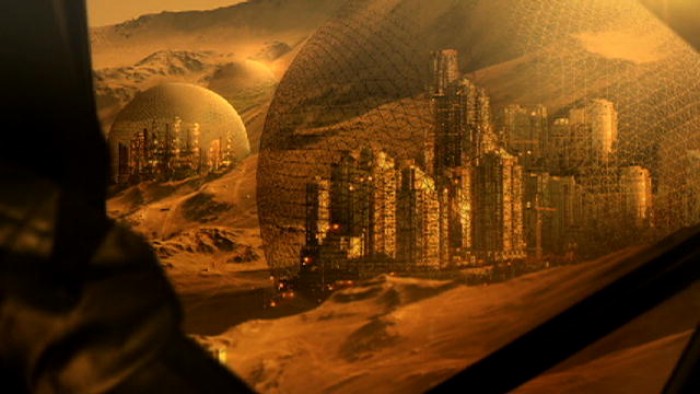
More than 55 years of human spaceflights, 50 years of extensive research on Mars, and 16 years of permanent presence onboard the ISS. We’ve come really far when it comes to space explorations and finding a possibility of human sustenance on the red planet, Mars. It has taken decades of space technology development to come to this day where the colonization of Mars is being given serious thought and critical steps are being taken to make this mission a reality.
Mars has a conducive atmosphere and several striking relative similarities to planet Earth, making it more plausible for colonization. Let’s take a close look at some of the reasons why Mars might happen to be our new home.
1. A Martian Day is Quite Close in Duration to the Earth’s
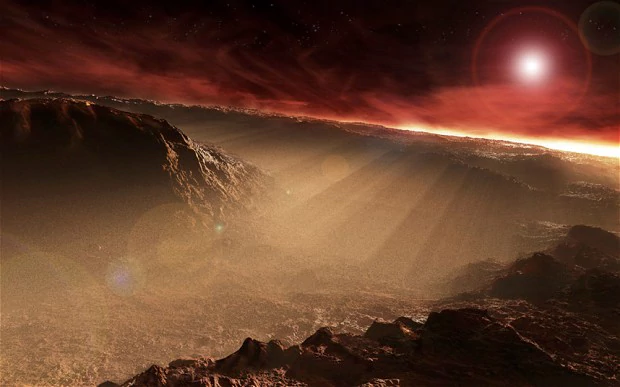
A solar day on Mars is 24 hours, 39 minutes, and 35.244 seconds long.
2. Mars’ Axial Tilt Is Very Near to That of Earth’s, Meaning It Has Seasons Just Like Earth
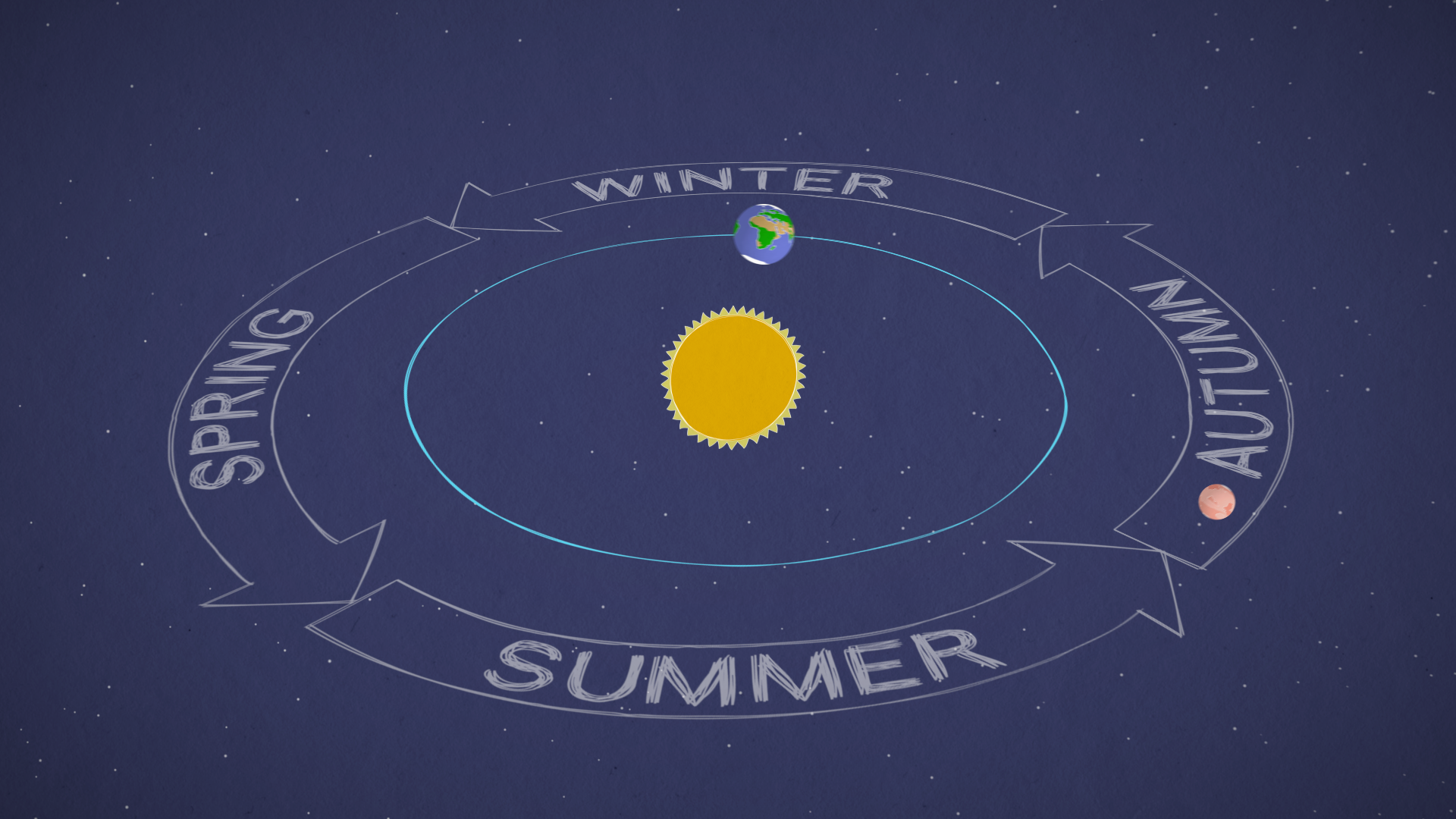
Even Mars has seasons like Earth but they last almost twice as long as in the case of Earth.
3. Mars Has Water in the Form of Water Ice
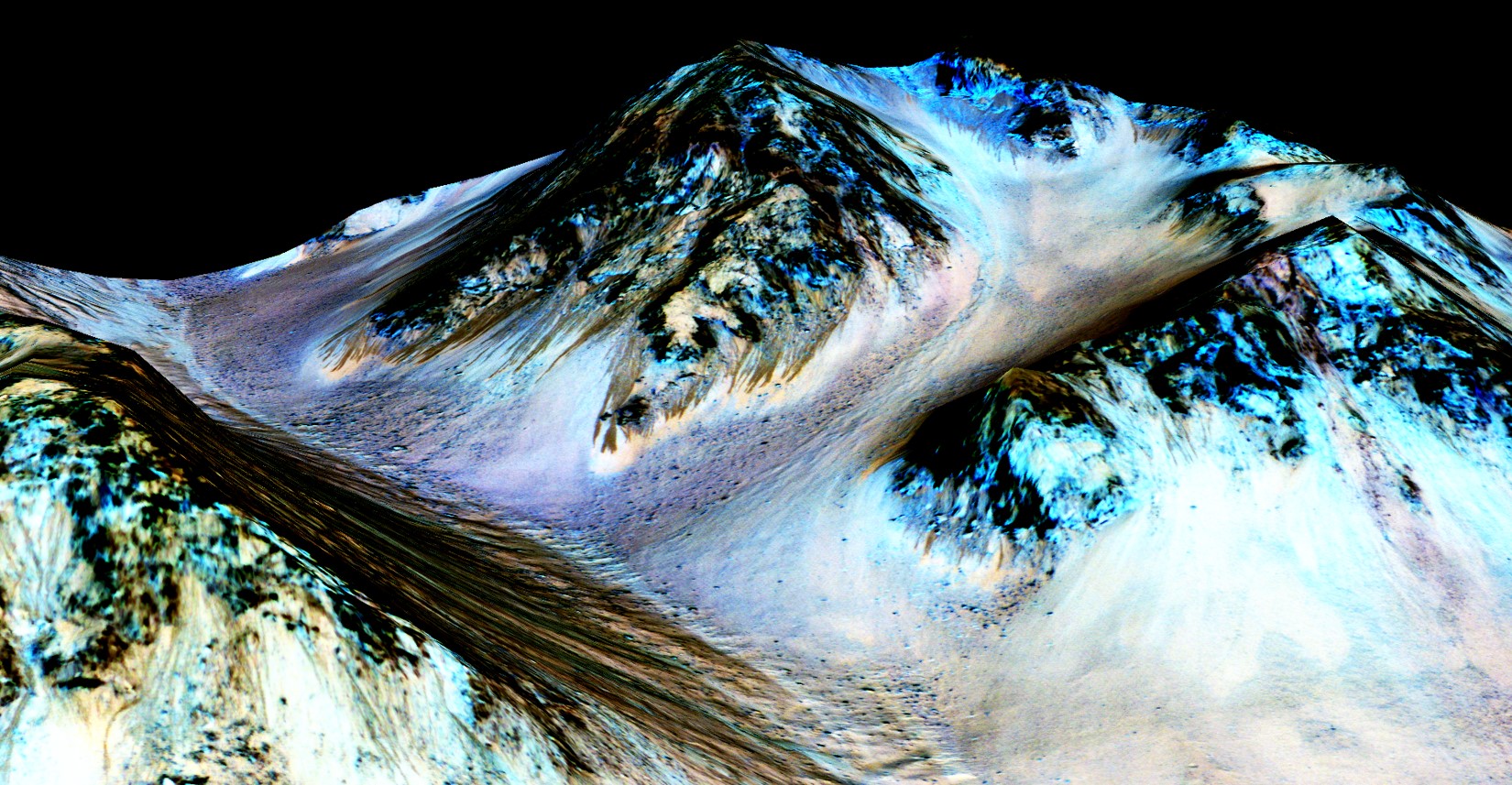
As per observations made by NASA's Mars Reconnaissance Orbiter and Phoenix Lander, and ESA's Mars Express, water is present on Mars as water ice especially in the Martian polar ice caps and under the shallow Martian surface. Liquid water is known to have formed in some amounts around the dust particles in snow that are heated by the sun. Moreover, the ancient equatorial ice sheets under the ground may gradually turn sublime or melt.
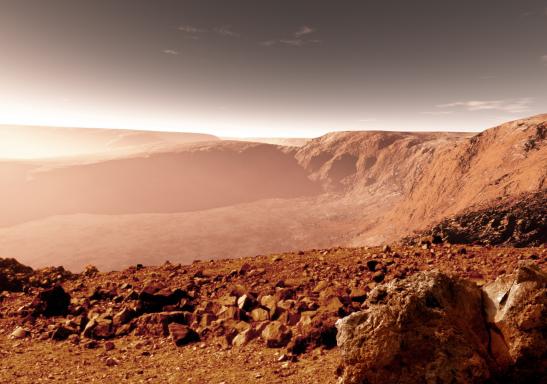
4. Mars Has Many Essential Elements, Chemicals, Micronutrients Needed for Human Survival
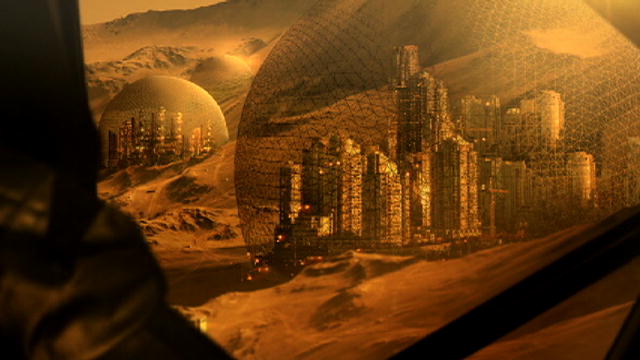
The Martian atmosphere has a presence of Carbon, Hydrogen, Nitrogen, Oxygen, Phosphorus, Sulphur and other essential chemicals, metals, micronutrients, fixed nitrogen, high carbon dioxide concentrations, low pressure, strong UV germicidal irradiation, galactic cosmic radiation, and solar particle events and solar UV-induced volatile oxidants in the environment. (14.1)
5. Solar Energy & Subsurface Geothermal Hot Spots Are Present For Metabolism to Occur
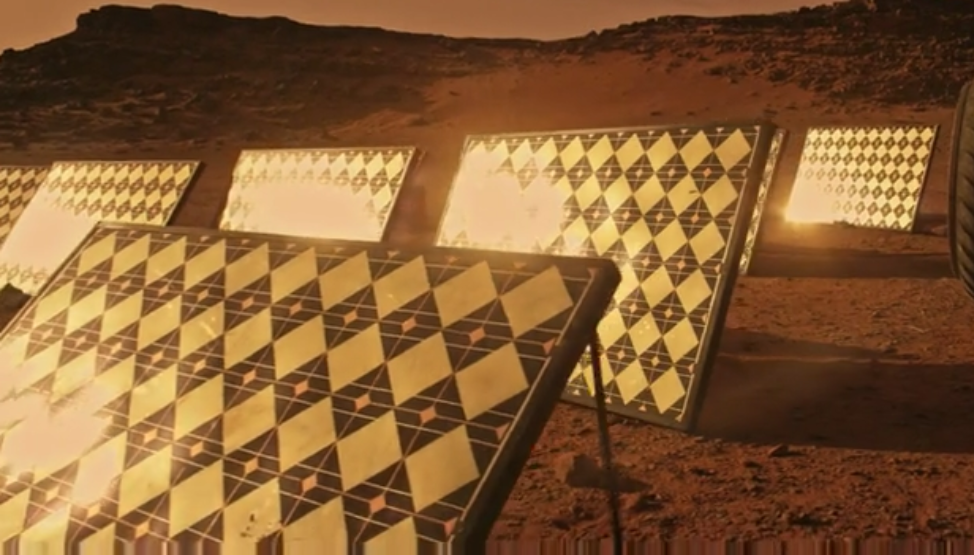
Mars has a conducive atmosphere and several strikingly relative similarities to planet Earth, making it more convincing for colonization. The solar and geothermal energy sources exist in the Martian environment and allow metabolism to occur.
6. Terraforming of Mars
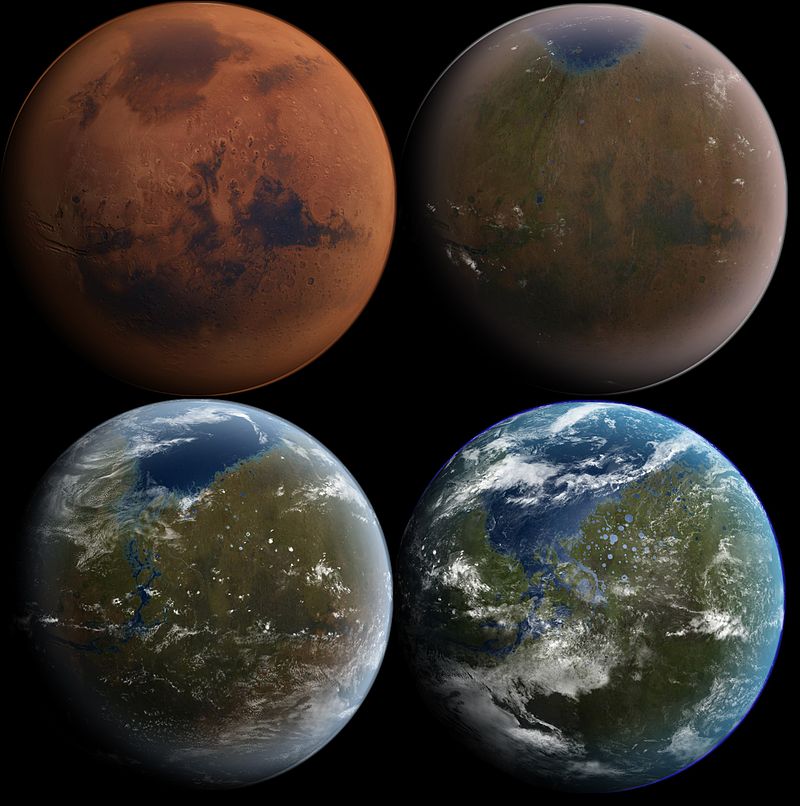
Terraforming is all about transforming a planet so that it resembles Earth especially for sustaining human life. Thus, the terraforming of Mars is changing certain areas of Mars in order to make them habitable, safe, and sustainable for colonization. Some of the proposed methods and strategies include importing ammonia and hydrocarbons, using fluorine compounds and orbital mirrors, and reducing the albedo.
7. Strong Support from Industry & Futuristic Mars Missions
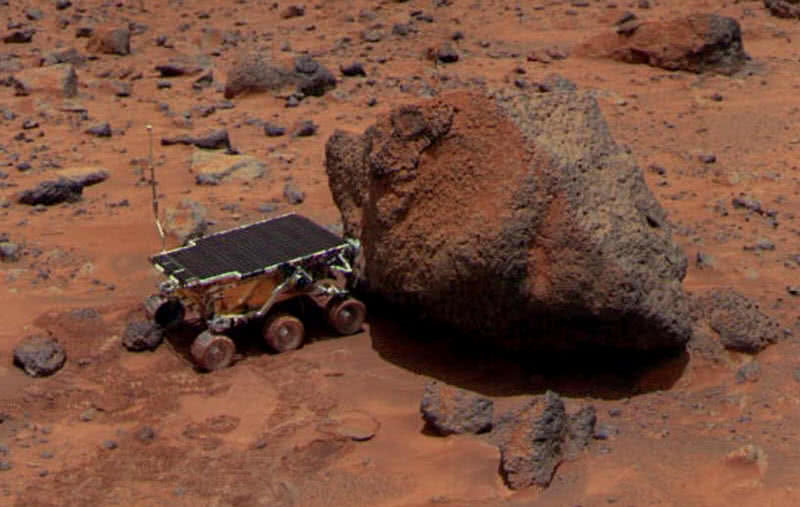
The Red planet Mars is strongly backed by the industry, citizens and governments of different countries. That’s evident from the several NASA Authorization Bills and NASA Transition Bill that were passed by the Senate in late 2016.
Various space corporations like SpaceX, Lockheed, Rocketdyne, Boeing, and Aerojet have been consistently working on the design architectures for sending humans to Mars and have laid out plans to carry out these missions in an affordable way.
Colonization requires establishing permanent bases that have potential for self-expansion. Mars Direct and Semi-Direct plans were proposed by Robert Zubrin for building such bases. (14.2)
8. ‘Mars One’ Mission (2032)
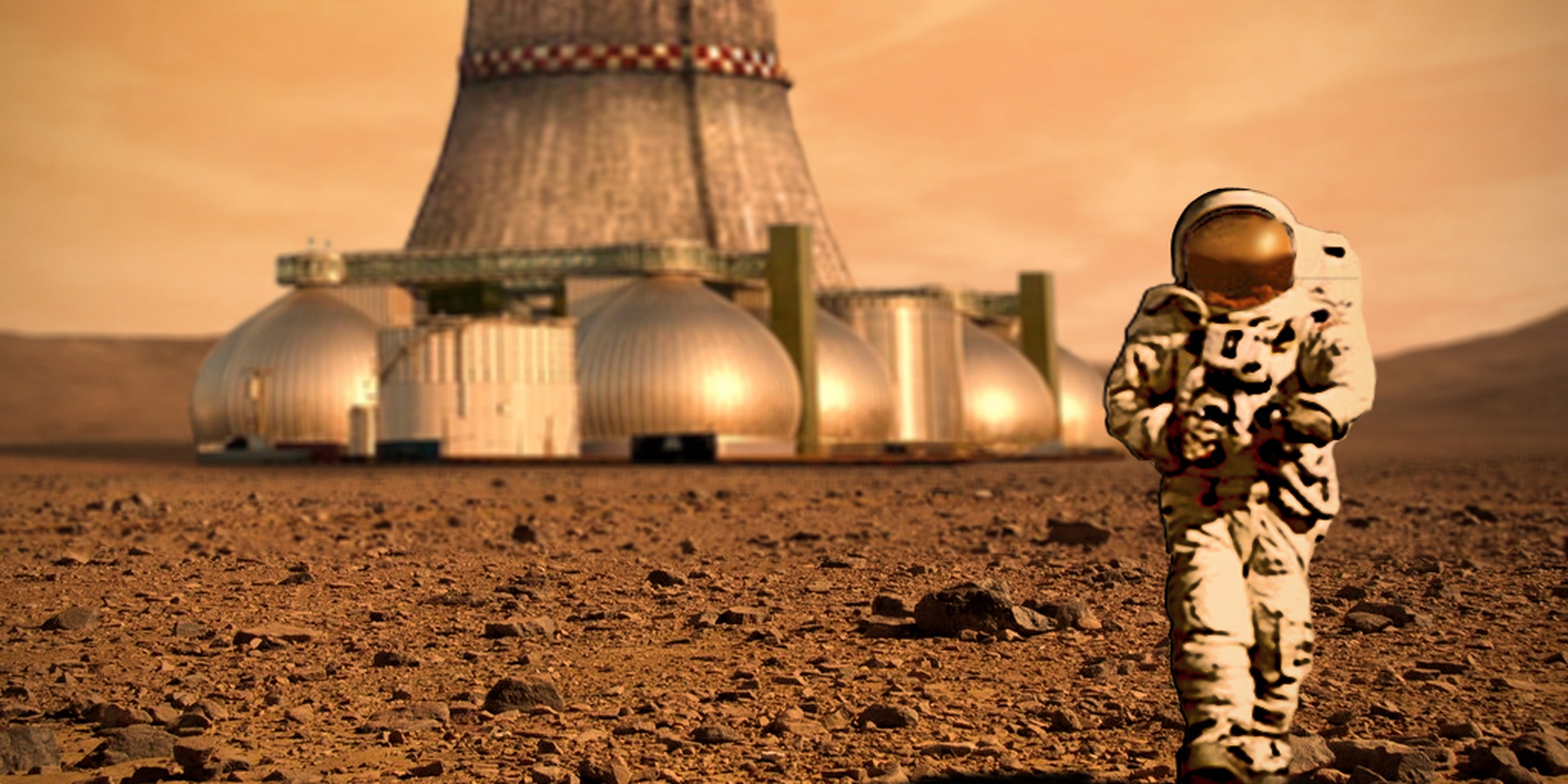
The ‘Mars One’ website has been planning this permanent manned mission since past 5 years. Jim McClane and Bas Lansdorp, the people behind the mission, envision no planned return flight for humans setting off to Mars in 2032.
9. SpaceX’s Colonization Mission
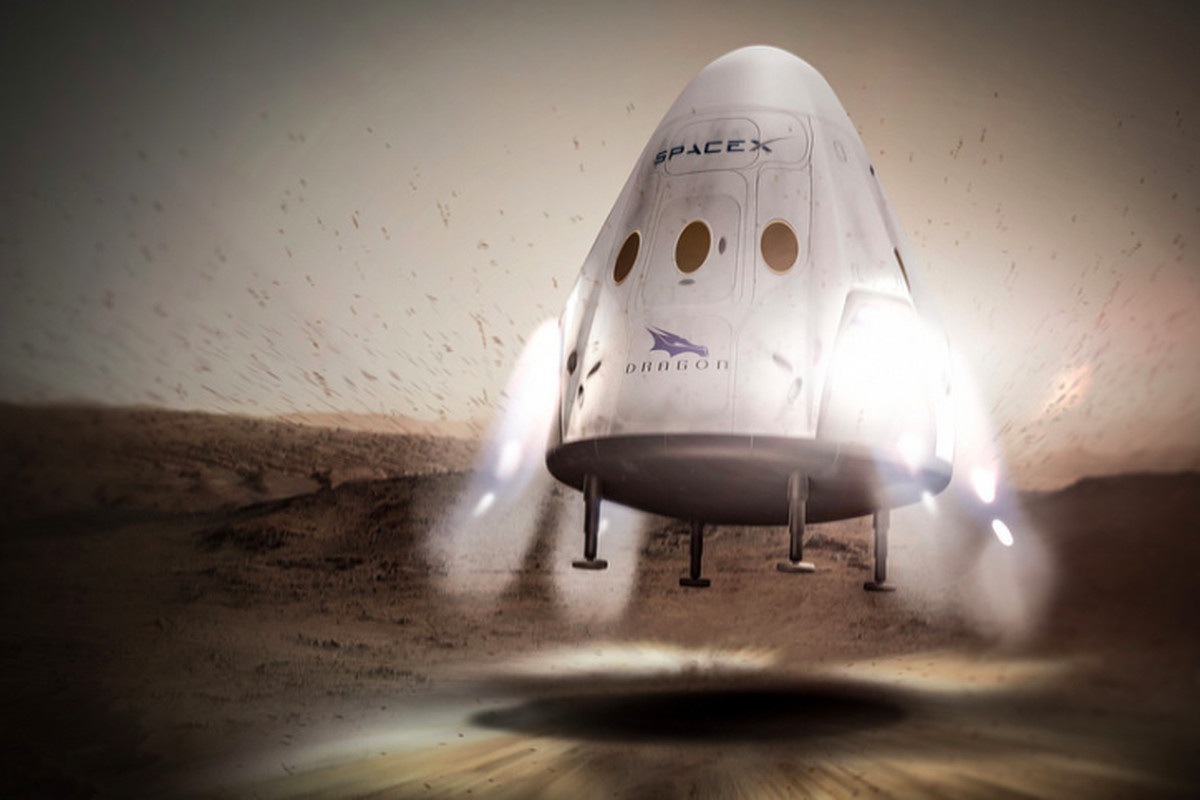
The business magnate Elon Musk is planning for a manned Mars mission in 2022. It is working on a space transportation system called the Interplanetary Transport System. He plans to colonize Mars by 2024. One of the goals of SpaceX is to materialize colonization by providing transport, and to "help humanity establish a permanent, self-sustaining colony on Mars within the next 50 to 100 years".
10. NASA, FKA, ESA’s Mars Missions
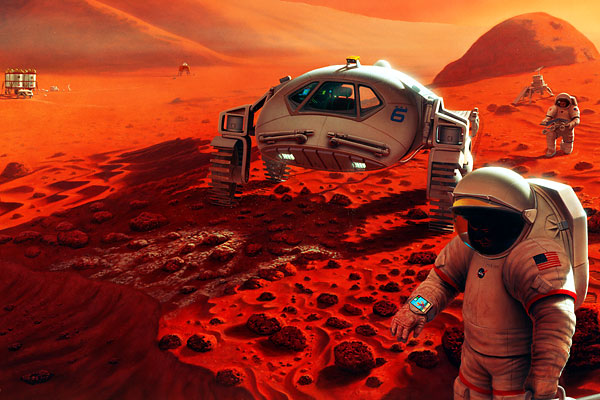
The human mission to Mars by national governmental space programs such as NASA, ESA, and FKA would serve as exploration missions. The recently conducted workshops and research suggest that the missions to Mars are achievable as well as affordable. According to NASA, no large increase in the budget is required in order to accomplish the goal of landing humans on Earth by 2033.
And well, other than Mars being the most habitable place in the solar system, there’s Moon, Jupiter, and Saturn that could be inhabited too.
Popular Posts
What Is Trypophobia – A Disgust More Than Fear
"I can't really face small, irregularly or asymmetrically placed holes, they make me like, throw up in my mouth, cry a little bi...
Chandan Roy
16 Interesting Facts About Ambidextrous People
A lefty or left-handed uses his left hand more naturally and dominantly than the right hand. And the righty or right-handed is o...
Ethan Stephans
20 Interesting Facts About Meteoroid, Meteor and Meteorite
Watching celestial objects is a true delight. It is still fun to catch a sight of shooting stars when we grow up. A second of th...
Swati Bhandari








